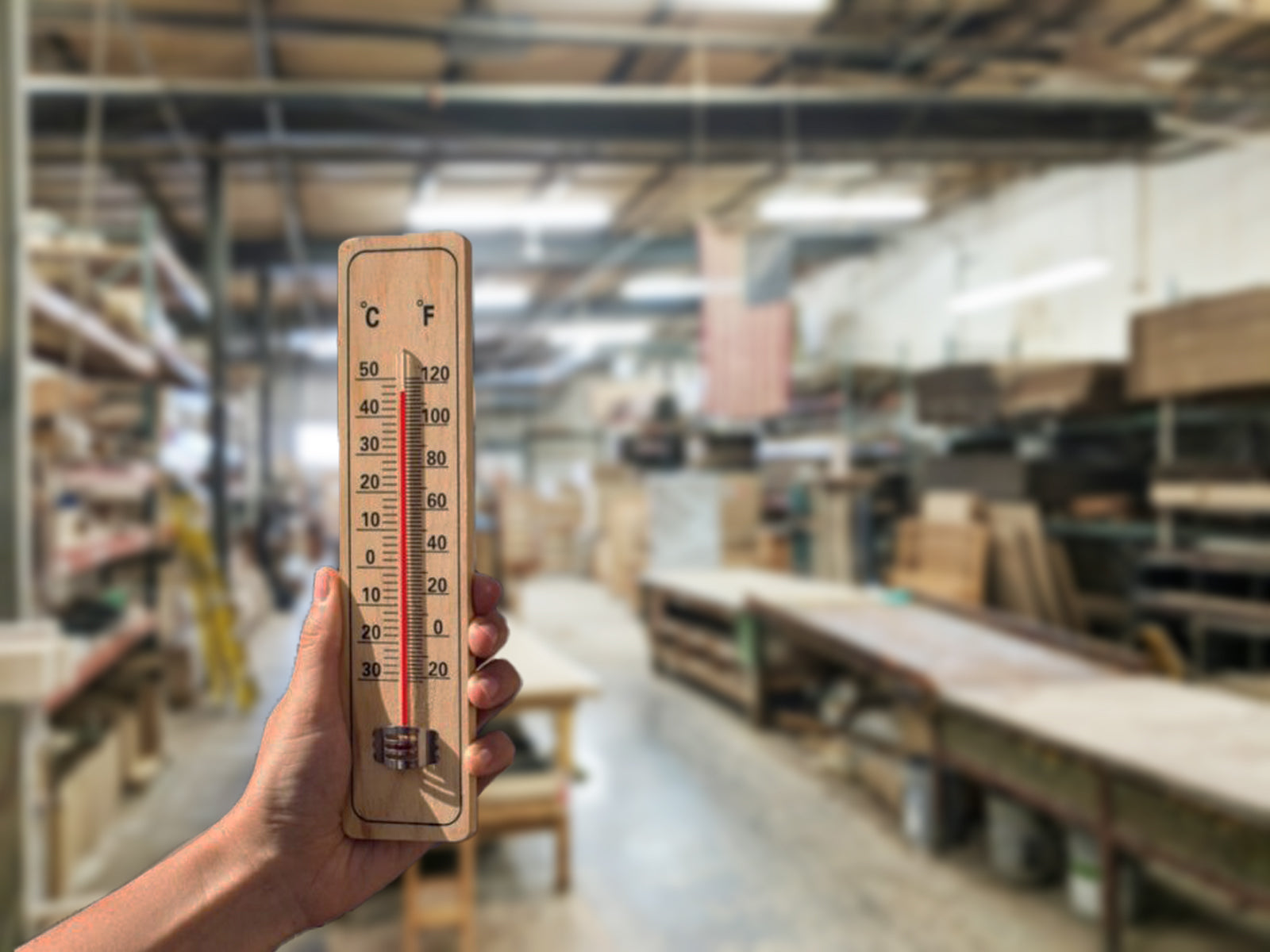·
Aug 5, 2025
How to Control the Ambient Temperature When Using Epoxy Resin
Why Ambient Temperature Matters for Epoxy Resin
Epoxy resin’s chemical reaction, known as the curing process, is affected by temperature. When the temperature is too low, the resin will cure too slowly, leading to a sticky or improperly hardened surface. If it’s too hot, the resin may cure too quickly, causing it to become cloudy, overheat, or even crack. Achieving the right balance is essential for ensuring that your resin cures properly, with a smooth finish and optimal durability.
Ideal Temperature Range for Epoxy Resin
Most epoxy resins work best within a specific temperature range, generally between 70°F to 80°F (21°C to 27°C). Within this range, the resin cures at a steady pace, providing you with a smooth, professional finish. However, it's important to remember that different brands of resin may have slightly varying temperature requirements, so always check the manufacturer’s recommendations.
If the temperature in your work environment is outside of this range, you may need to take steps to adjust it.
How to Control the Ambient Temperature When Using Epoxy Resin
-
Choose the Right Workspace
-
Temperature-Controlled Room: If possible, work in a room that has consistent temperature control. This could be a climate-controlled workshop or studio. If you're working outdoors, try to do your resin work during the early morning or evening when temperatures tend to be lower.
-
Avoid Drafty Areas: Drafts can cause temperature fluctuations that affect your resin’s curing time. Ensure the area is well-ventilated but not subject to sudden gusts of wind.

-
-
Use Space Heaters in Cold Environments
-
If the ambient temperature is too cold, you can use space heaters to warm the room. This is especially helpful in winter or in garages and basements that tend to get chilly.
-
Be cautious not to overheat the space—temperatures above 85°F (29°C) can lead to the resin curing too quickly. Keep an eye on the temperature and adjust the heater settings as necessary.
Helpful Resource: If you’re looking for a portable space heater, check out this guide on space heaters for workshops to find one that works best for your workspace.
-
-
Use Coolers or Insulated Boxes in Hot Environments
-
During the summer or in hotter climates, you might find that your workspace exceeds the recommended temperature range. To manage this, try working in an insulated box or cooler. These can help maintain a more stable temperature and prevent the resin from curing too quickly.
-
You can also use fans to circulate the air gently and avoid overheating the room, but ensure the room isn’t exposed to too much heat from direct sunlight.
-
-
Monitor Temperature with a Thermometer
-
Invest in a good-quality thermometer to keep an eye on the temperature in your workspace. Some digital thermometers even have humidity sensors, which can help you control not just temperature but also the level of moisture in the air—another important factor in the resin curing process.
-
Use a thermometer with an alarm to notify you if the temperature strays outside of the ideal range. This can prevent unexpected issues during your project.
Tip: Consider using a thermometer with a humidity monitor, as high humidity can also interfere with the resin curing process. Learn more about how humidity affects epoxy resin curing.
-
-
Consider the Resin’s Working Time
-
Some epoxy resins have longer working times, meaning they take longer to mix and apply before they start to cure. If you're working in a high-temperature area, be mindful that the resin will start curing faster.
-
If necessary, select a resin designed for warmer temperatures or one that allows for a longer working time.
-
-
Create a Curing Environment
-
If you're pouring resin into molds or coating objects, consider creating a small curing area with stable, controlled temperatures. You can build a simple curing box by lining a cardboard box with aluminum foil or using a heated curing chamber.
-
This setup can help maintain a consistent temperature and protect your project from environmental changes.
-
Troubleshooting Common Temperature Issues
- Sticky or Soft Resin: If your resin doesn’t fully cure and remains sticky, it’s likely that the temperature was too low during the curing process. In this case, you can try placing the project in a warmer room to help it cure more effectively.
- Cloudy or Lumpy Surface: If your resin is cloudy or has lumps, it might be because the temperature was too high, causing the resin to cure too fast. Try lowering the temperature and allowing it to cure slowly.
Final Thoughts
Maintaining the correct ambient temperature when working with epoxy resin is crucial for a successful project. By creating a controlled environment, whether by adjusting the room temperature, using space heaters or coolers, or monitoring the temperature with a thermometer, you can ensure your resin cures perfectly every time. With the right setup, you’ll achieve beautiful, high-quality results for all your resin projects.
If you have any questions or tips about temperature control in resin work, feel free to reach out in the comments!


